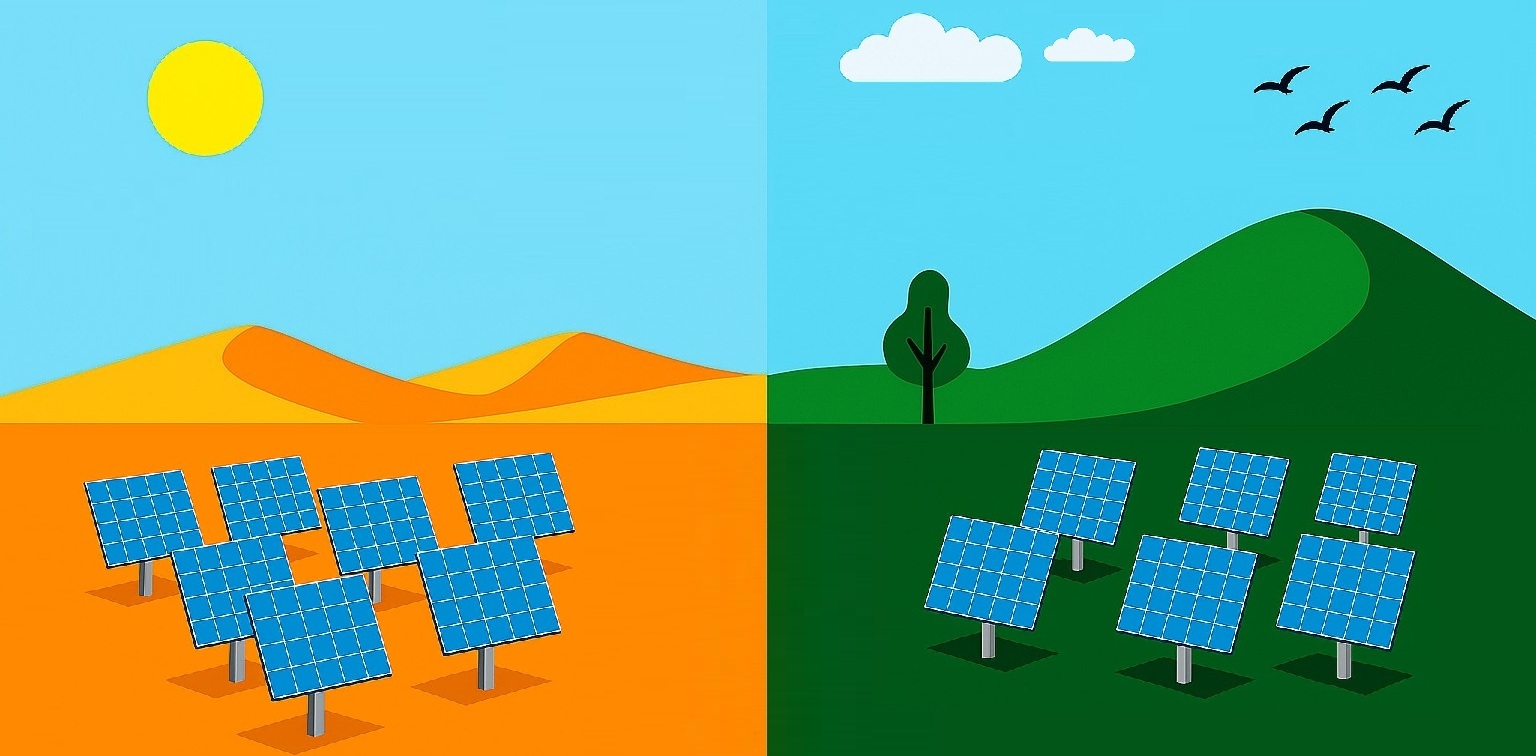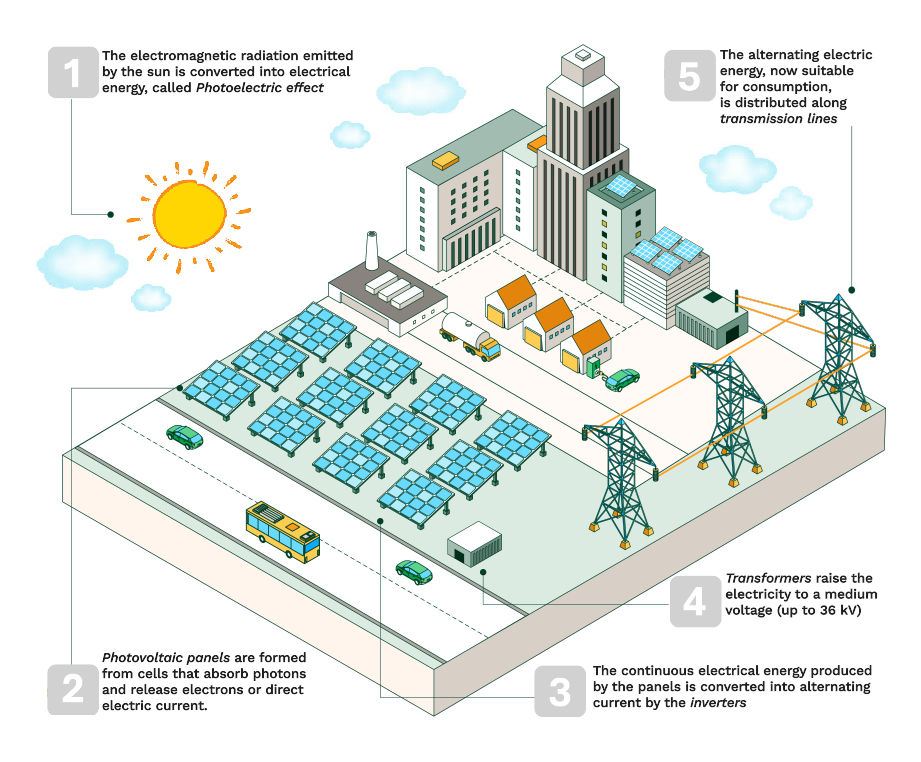

In line with India’s goal to achieve 280 GW of solar capacity by 2030, and commitment to achieving net-zero emissions by 2070, solar technology forms a significant part of our investments in renewables for the period. At Adroit Green Energy, we are dedicated to combating climate change, a commitment we fulfil through our renewable energy facilities across the globe.

Solar energy is an inexhaustible, sustainable and environmentally friendly power source that converts sunlight into electricity. This process relies on the photoelectric effect, whereby specific materials absorb light particles, known as photons, and emit electrons, creating an electric current.
Solar energy is a renewable power source harnessed directly from the sun. By converting solar radiation or heat into electricity, it serves as a clean and sustainable alternative to traditional energy methods that contribute to environmental pollution.
This energy is abundant and unlimited, as the sun emits vast quantities of radiation that can be continuously utilized. Its adoption reduces reliance on fossil fuels and combats climate change by eliminating greenhouse gas emissions during operation.
Solar energy is generated through advanced technologies such as photovoltaic systems and solar thermal methods. Photovoltaic systems use solar panels to convert sunlight directly into electricity, while solar thermal setups utilize mirrors to focus the sun's heat, creating steam that powers turbines for electricity generation.
This comprehensive arrangement ensures both types of facilities effectively harness and utilize solar energy.
